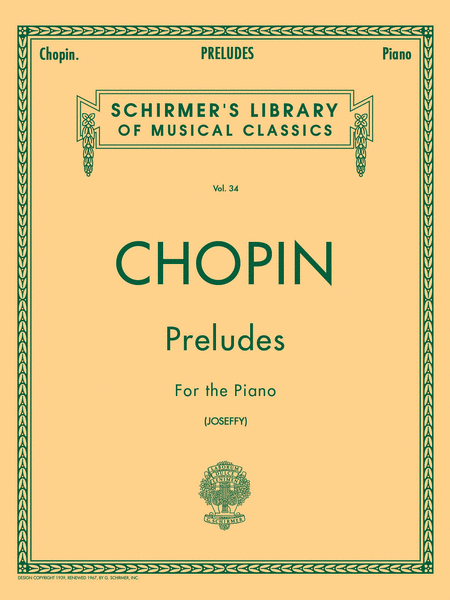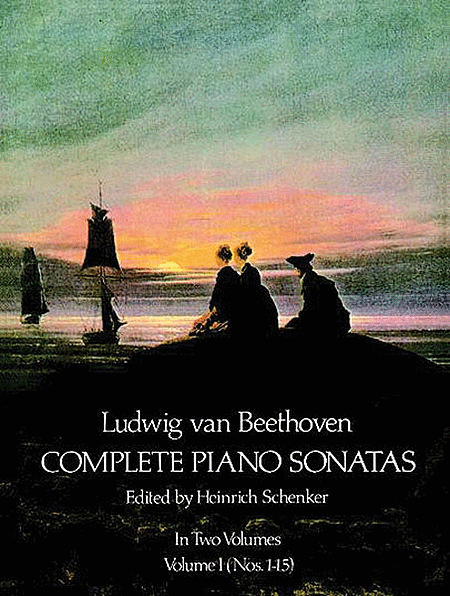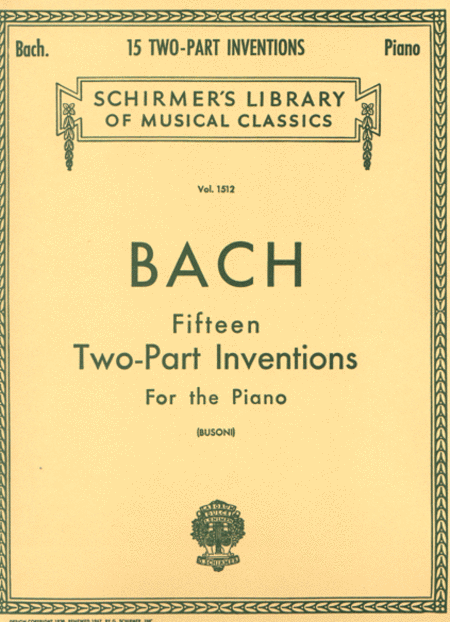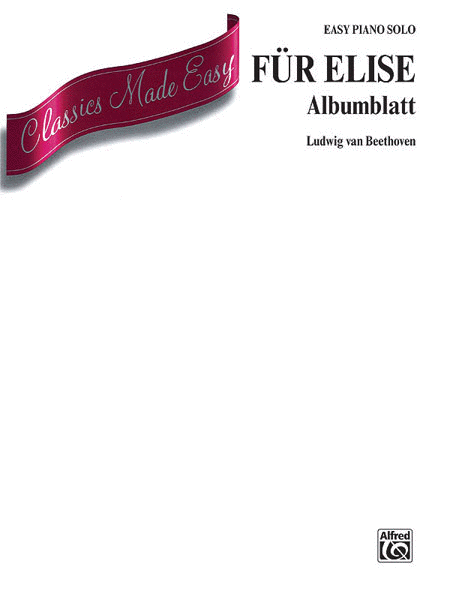Louis Marchand (1669 – 1732) was a French Baroque
organist, harpsichordist, and composer. Born into an
organist's family, Marchand was a child prodigy and
quickly established himself as one of the best known
French virtuosos of his time. He worked as organist of
numerous churches and, for a few years, as one of the
four organistes du roy. Marchand had a violent
temperament and an arrogant personality, and his life
was filled with scandals, publicized and widely
discussed both during his lifeti...(+)
Louis Marchand (1669 – 1732) was a French Baroque
organist, harpsichordist, and composer. Born into an
organist's family, Marchand was a child prodigy and
quickly established himself as one of the best known
French virtuosos of his time. He worked as organist of
numerous churches and, for a few years, as one of the
four organistes du roy. Marchand had a violent
temperament and an arrogant personality, and his life
was filled with scandals, publicized and widely
discussed both during his lifetime and after his death.
Despite his fame, few of his works survive to this day,
and those that do almost all date from his early years.
Nevertheless, a few pieces of his, such as the organ
pieces Grand dialogue and Fond d'orgue have been lauded
as classic works of the French organ school.
Marchand came from a musical family: his grandfather,
Pierre (d.1676) had been a schoolmaster and music
teacher and his three sons, Jean (Marchand's father),
Pierre and Louis were organists. Pierre held the
incumbency at Auxonne for some years before his death
in 1684; Louis was to become curé at the church of
Saint-Maurice Pontailler-sur-Saône, some 15 kilometres
from Auxonne after 1 January 1676, where he was to
remain until his arrest for the abduction and rape of
'paroissiennes' (His sentence of death was commuted to
servitude on the galleys and he died in Marseilles in
1694). By age 20 he settled in Paris, and married the
daughter of the harpsichord builder Jean Denis.
According to his marriage contract, he was by that time
organist at the church of Eglise Saint-Jacques on
Paris's South Bank. Future tenures were to be held at
Saint-Benoît-le-Bétourné in France, the church of
the Cordeliers Convent and the church of Saint-Honoré
Abbey in Germany. In June 1708, he was appointed as one
of the four Organists du Roy for which he received a
stipend of 600 livres. His duties were to play for the
July–September quartier of the year. It is not known
why he left Paris for a three-year sojourn in Germany
in 1713, which was to include performing for various
electors and the emperor. After his return to France
Marchand once again settled in Paris and worked as
organist for the Cordeliers Convent, augmenting his
income with teaching.
Comparatively few works by Marchand survive, most of
them dating from the early stages of his career. The
most numerous and arguably most important are his organ
works. The twelve that were published by the Boivin
atelier in 1740 are likely to be a reproduction of a
book of organ pieces that were published in January
1700, of which no extant copies are known. A further 42
pieces are to be found in a manuscript that was housed
in the Bibliothèque royale at Versailles. These pieces
include a number of important pieces: the massive Grand
Dialogue (1696), a harmonically adventurous Fond
d'orgue, the Quatuor, a four-part fugue that was
quintessential to French organist-composers, and a
Plein jeu with a canon in double pedals. Modern scholar
Geoffrey Sharp divided Marchand's organ oeuvre into
three distinct groups: pieces influenced by vocal
genres, pieces influenced by instrumental genres, and
vocal-instrumental hybrid works. He singles out
Marchand's organ trios and non-contrapuntal works as
the composer's most successful pieces.
The extant pieces for harpsichord are contained in two
suites. The first was originally published 'chez
l'auteur' in 1699 with plates engraved by Claude
Roussel. It was reissued in 1702 under the auspices of
Christophe Ballard as Livre Premier; a Livre Second was
published simultaneously. Stylistically, the suites are
disparate. Livre Premier begins with a measured
prélude that is more reminiscent of Frescobaldi than
any French paradigm, yet the dances are distinctly in
le goût français; Livre Second begins with a prélude
non mesuré yet its accompanying dances look forward to
a more italianate style. In addition are two
attributions in a Ballard publication of 1707 Pièces
choisies pour le clavecin de différents auteurs: La
Vénitienne and La Bandine. In 2005, a recording was
released of a manuscript entitled Livre de Suittes pour
le clavecin composé par Monsieur de Charmant
cordelier, et arrangé par Renard, à Paris, 1754. This
came to light in a private music collection in 2003 and
reputedly contains a collection of pieces by Marchand
in C major and minor. We are told that the current
owners have no desire for the disclosure of their
details or for its contents to be made available to
scholars and musicians. No other reference to the works
is to be found: its liner notes refer to a
yet-to-be-published article by an untraceable
musicologist. Although the recording’s contents are
charming, it reveals a collection of works in the
Italian style that could have been written by any
number of composers.
Source: Wikipedia
(hhttps://en.wikipedia.org/wiki/Louis_Marchand).
Although originally composed for Organ, I created this
Interpretation of the "Basse de Trompette" from
"Pièces d'Orgue" for Piano.








